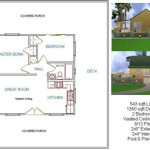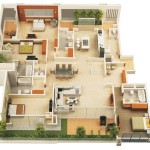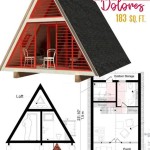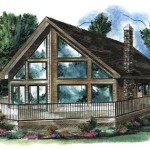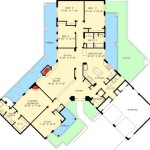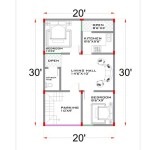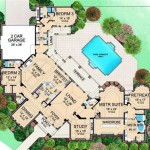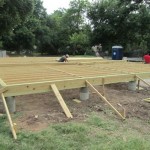Floor Plan Tiny House Dimensions
Tiny houses are becoming increasingly popular, as they offer a more affordable and sustainable way to live. If you're considering building a tiny house, one of the first things you'll need to do is decide on the floor plan. The dimensions of your tiny house will determine how much space you have available, as well as how you can use the space. In this article, we'll discuss the different floor plan tiny house dimensions that are available, as well as the pros and cons of each.
The most common tiny house floor plan is the rectangular floor plan. This type of floor plan is simple to design and build, and it can be easily customized to fit your needs. Rectangular tiny houses typically range in size from 100 to 400 square feet. They can be built on a single or double-axle trailer, and they typically have a living area, a kitchen, a bedroom, and a bathroom.
Another popular tiny house floor plan is the L-shaped floor plan. This type of floor plan is a bit more complex to design and build than a rectangular floor plan, but it can create a more spacious and open feeling. L-shaped tiny houses typically range in size from 150 to 500 square feet. They can be built on a single or double-axle trailer, and they typically have a living area, a kitchen, a bedroom, a bathroom, and a loft.
Finally, there is the A-frame floor plan. This type of floor plan is a bit more unique than the other two, but it can create a very cozy and charming tiny house. A-frame tiny houses typically range in size from 100 to 250 square feet. They are typically built on a single-axle trailer, and they have a living area, a kitchen, a bedroom, and a bathroom.
The dimensions of your tiny house will ultimately depend on your needs and budget. If you're not sure which floor plan is right for you, it's a good idea to talk to a tiny house builder or designer. They can help you create a floor plan that meets your specific needs.
Here are some of the pros and cons of each floor plan:
Rectangular floor plan
Pros:
- Simple to design and build
- Can be easily customized
- Relatively inexpensive to build
Cons:
- Can feel cramped if not designed well
- Limited space for storage
- May not be suitable for families with children
L-shaped floor plan
Pros:
- More spacious and open feeling than a rectangular floor plan
- More space for storage
- Can be suitable for families with children
Cons:
- More complex to design and build than a rectangular floor plan
- More expensive to build
- May not be suitable for all trailer sizes
A-frame floor plan
Pros:
- Very cozy and charming
- Can be built on a smaller trailer
- Relatively inexpensive to build
Cons:
- Can feel cramped if not designed well
- Limited space for storage
- May not be suitable for families with children

Tiny House Floor Plans 32 Home On Wheels Design

12 X 20 Tiny Home Designs Floorplans Costs And More The Life

Affordable Tiny House 18 X 28 Adu In Law Cabin

Custom Plans Elevations Now Available Tiny House Basics

Tiny House Floor Plans With Lower Level Beds Tinyhousedesign Design

12 X 20 Tiny Home Designs Floorplans Costs And More The Life

Tiny House Plans That Are Big On Style Houseplans Blog Com

Lusby Tiny House Plans Build It Yourself

Plans Purchase Healthy Homes

10 X 20 Tiny Home Designs Floorplans Costs And Inspiration The Life

